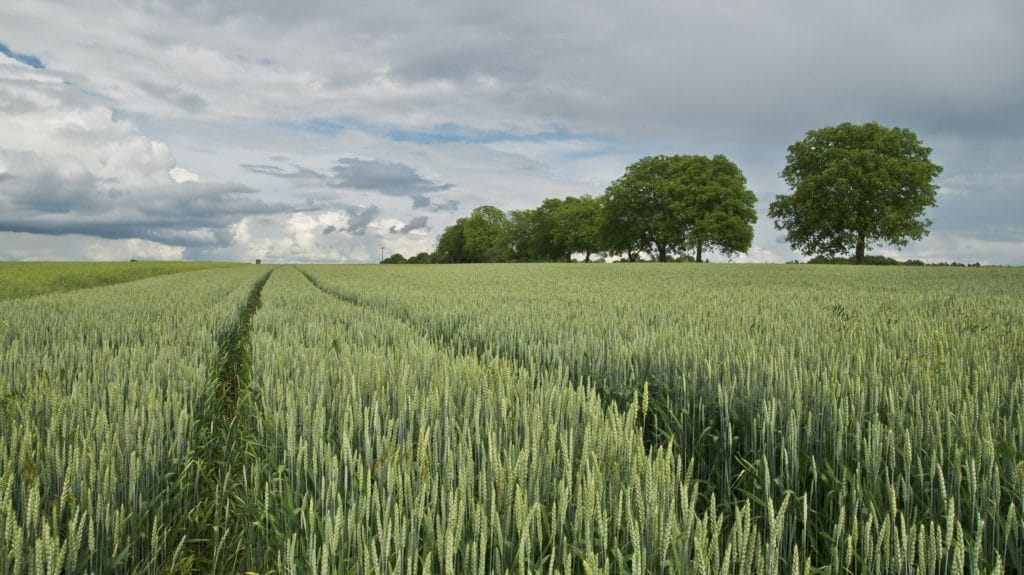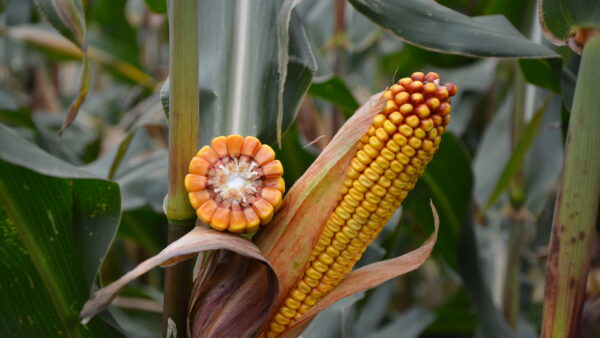Pathogens are constantly evolving, threatening vulnerable food crops and the global food supply. Ug99 wheat stem rust is one of the newest strains that could negatively impact crops across the world.
The strain was first discovered in Uganda in 1988-1999. The germplasm evaluation by the International Maize and Wheat Improvement Center (CIMMYT) identified this highly virulent wheat stem rust strain, according to a release.
After over 30 years of successful genetic resistance, a new strain of stem rust that could infect upwards of 80% of available wheat varieties was found.
“When we began to survey how far the disease had spread within Africa, we were shocked to discover that it wasn’t only present in Uganda,” said Sridhar Bhavani, head of rust pathology and molecular genetics at CIMMYT’s Mexico headquarters. “It had already spread into multiple countries within East Africa, including Kenya, Ethiopia, Tanzania and Rwanda.”
Since the initial detection, Ug99 has been found in over 14 countries across East Africa and into the Middle East to Iraq. Seventeen variants have been discovered so far.
“The disease produces billions of very minute spores, known as urediniospores,” explained Bhavani. “And because they are so light, these spores can easily be carried by strong wind currents to susceptible geographies thousands of kilometers away.”
The rapid spread of Ug99 wheat stem rust towards Asia put some of the world’s greatest wheat-growing regions at risk.
“At that point, we were not prepared for the consequences of the disease’s migration,” added Bhavani. “Just 10% susceptibility of the global wheat area to wheat stem rust could have led to billions of dollars of losses — not to mention hunger and poverty in those economies that were dependent on wheat and wheat-based farming systems where devastating epidemics could have occurred, as the majority of the varieties were susceptible.”
Leaf rust and yellow rust can result in yield losses of 60% to 70%, while a severe invasion of Ug99 can destroy an entire crop.
How to Stop the Spread
Fungicides are an obvious option, yet they are not always effective and readily available in regions that need them.
“In the majority of the developing countries that grow wheat, small-scale farmers cannot afford to use fungicides — especially in most parts of Africa,” said Bhavani. “These farmers would be the biggest losers to this disease if their varieties were susceptible.”
The long-term solution to pathogens like Ug99 is the introduction of genetics that are less susceptible to the pathogen, offering more resilient wheat varieties. The first step is to identify genes that supply resistance to Ug99, according to Bhavani.
“When Ug99 was first detected, we had over 50 genes that were characterized to be resistant for stem rust — but this unique strain was able to overcome more than 50% of the genes that were catalogued at the time. In addition to that, Ug99 was able to overcome multiple resistance genes, so the pathogen was mutating and evolving virulence for whatever gene we were trying to deploy,” he explained.
The new varieties offered several years of resistance before the pathogen evolved and destroyed the wheat. To reach longer-term success, multiple resistance genes must be combined in a single wheat variety, shared the release.
“When you incorporate a combination of genes — known as complex adult plant resistance (APR) genes — into a variety, you can enhance its resilience,” said Bhavani. “Even if one of the genes gets broken down, the other genes will still confer effective resistance.”
In response to this revelation, CIMMYT has delivered over 200 new resistant wheat varieties throughout the past decade.
“We released quite a few varieties that carry complex APRs — and they are still holding after 10 years, suggesting that this approach is the way forward when it comes to building complex resistance and enhancing a variety’s sustainability,” explained Bhavani.
The Future of Ug99 Resistance
While science has kept the pathogen at bay, Ug99 will continue to evolve, requiring continuous research to remain on top of disease resistance.
“Developing and producing a new variety can take six to eight years,” said Bhavani. “After that, it can take just as long — if not longer — to deploy a released variety into farmers’ fields. And in that time, the pathogen is not sitting idle. It’s trying to mutate — and we have had experiences where a variety gets defeated before it even reaches the farmers.”
Researchers recognize the battle is far from over, yet they are confident that new gene editing tools and technologies will amplify their efforts to eliminate the pathogen.
“All of these solutions go hand in hand,” concluded Bhavani. “Surveillance is needed to understand the pathogen virulence diversity and spread. Gene discovery is needed to enhance breeders’ toolboxes with diverse genes for rust resistance. And then a deployment strategy is needed to ensure that farmers have everything they need to keep the disease at bay.”
Read More:
Ben-Gurion University Plant Biologist Figuring Out How Wild Wheat Protects Itself From Insects
International Wheat Trade in Times of War: Seven Questions and Answers












